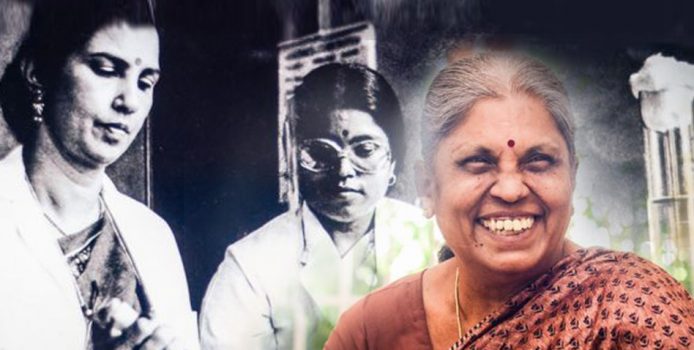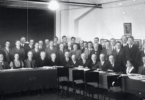As in other countries, AIDS and HIV screening — or even admitting that the disease affected their community — has historically met with resistance in India, with many having prejudices about the virus and who might contract it.
This story about Sellappan Nirmala, the woman scientist who discovered India’s first cases of HIV, is one of health, research, class and social differences, taboo, and more. Thirty years after the first cases of HIV were confirmed by the young scientist as a research project to screen people for the virus, The Logical Indian revisits her story. To this day, she has received sparse recognition.
Nirmala began researching HIV and AIDS as a research project for microbiology, after it was suggested by her mentor, Suniti Solomon. A newcomer to studying the virus, Nirmala also had to overcome obstacles such as finding subjects to screen–which meant focusing on groups such as sex workers in a culture that barely acknowledged their existence.
With 2.1 million infected with HIV in India today, it’s definitely worth taking a look at how the virus was first detected in the country, paving the way for more awareness and for prevention efforts.
Read below and click through for the full story.
thelogicalindian.com – It was 1986, exactly thirty years ago, when India discovered that the worldwide dreaded HIV virus had reached its shores. It was established when blood samples from six sex workers in Tamil Nadu tested positive. A large share of the success goes to the efforts of a young scientist – Sellappan Nirmala.
It was at the end of 1985 when 32-year-old Nirmala, a microbiology student at the medical college in Chennai, was looking for a topic for her research. The idea came from her professor and mentor, Dr. Suniti Solomon. When it was first suggested to her to screen people for HIV/Aids, Nirmala hesitated. Solomon, however, persuaded her to give it a try.
Preconceived notions
Formal tracking of Aids cases had begun in the United States in 1982 and the medical authorities in India didn’t want to be caught napping if the disease reached India. The press at the time wrote that HIV was a disease of the “debauched West” where “free sex and homosexuality” were prevalent. Indians, on the other hand, were portrayed as heterosexual, monogamous and God-fearing. Some papers even remarked smugly that by the time the disease reached India, the Americans would have found a cure for it. Moreover, the city of Chennai and the surrounding Tamil Nadu region were considered especially traditional societies. Hundreds of samples, collected from the supposedly more promiscuous city of Mumbai, had already been tested at the virology institute in Pune and no positive results had turned up so far.







